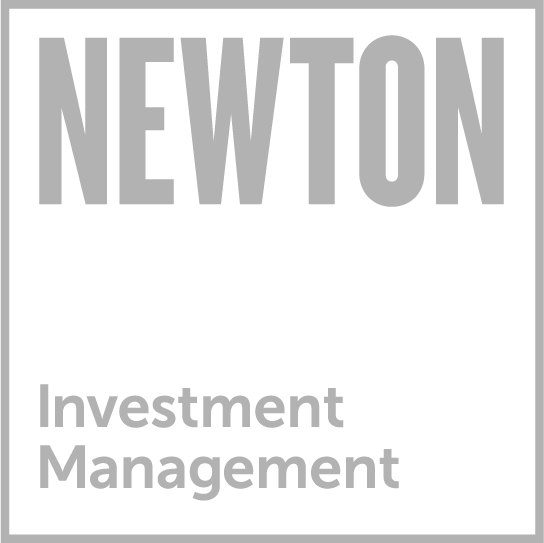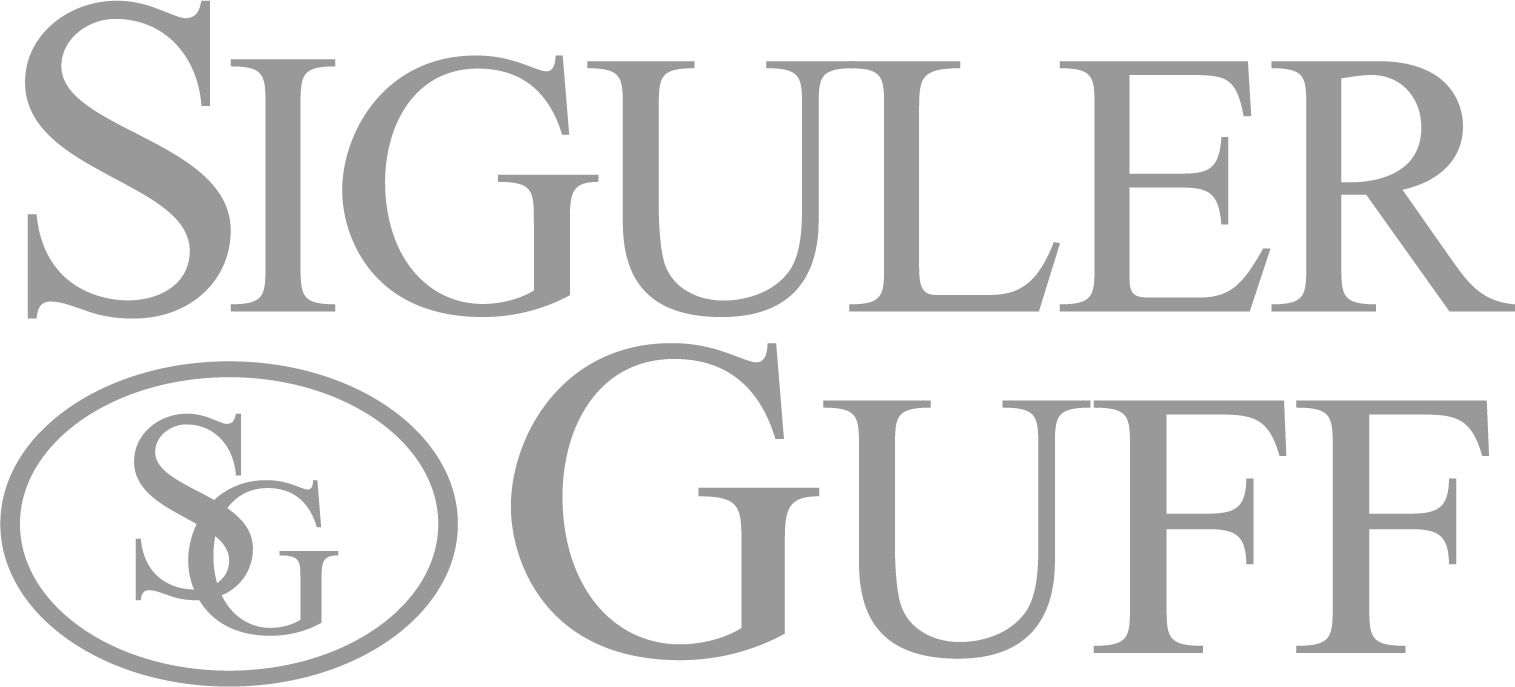BNYM Walter Scott International Stock ADR Strategy
Why Invest in this Strategy?
- Seeks to invest in companies with attractive fundamental business strengths and the potential for compound growth
- A high-conviction portfolio typically comprised of 40-60 stocks
- Invests exclusively in non-U.S. companies
- May provide diversification benefits to portfolios invested predominantly in U.S. stocks
- Portfolio built bottom-up with a focus on investing in individual businesses
Strategy Assets
(Millions)
PE RATIO
(1-YEAR FORWARD)
PB RATIO
(1-YEAR FORWARD)
Return on
Equity (ROE)
Median
Market Cap
(billions)
Weighted AVG.
Market Cap
(billions)
EPS Growth
(5-Years)
Strategy Assets captures all assets the investment manager manages in that discipline for all client types.
Price/Earnings Ratio - Price-to-earnings (P/E) is the ratio of the market price of a firm’s common stock to its current (or predicted) earnings per share. Price/Book Ratio - Price-to-book value (P/B) is a ratio used to compare a stock's market value with its book value. It is calculated by dividing the current closing price of the stock by the latest quarter’s book value (assets minus liabilities).
Return on Equity is the percentage a company earns on its total equity for the time period listed. The calculation is net income divided by end-of-year net worth. The resulting figure is multiplied by 100.
Median Market Cap is the midpoint of market capitalization (market price multiplied by the number of shares outstanding) of the stocks in a portfolio. Half the stocks in the portfolio will have higher market capitalizations; half will have lower.
Weighted Avg Market Cap - Weighted average market cap is the average market capitalization of corporations in a fund or index, weighted by the percentage of the holding in the fund or index.
Earnings per share (EPS) growth is a figure that represents the annualized rate of net-income-per-share growth over the trailing five-year period for the stocks held by a portfolio.
Walter Scott & Partners Limited (“Walter Scott”), an Edinburgh, Scotland-based money manager is a subsidiary of BNY Mellon. Since its inception in 1983, the firm has been committed to global equity investing and aims to deliver a superior client experience to pension funds, endowments, foundations, and individual investors, worldwide.
-
Proprietary Process
The team conducts disciplined, rigorous, in-house company research following a proprietary process. -
Team Approach
Walter Scott’s investment process is based on thorough in-house investment research and collaborative decision making. The firm’s culture and structure rests upon such collaboration; an approach that has been proven over more than 35 years. -
Long-term Investment Horizon
A buy-and-hold approach focused on the potential for compound growth, free from short-term distractions.
Portfolio Managers
-

Roy Leckie
Years at the firm: 28
Years managing strategy: 4
Years in industry: 28
-

Charlie Macquaker
Years at the firm: 33
Years managing strategy: 4
Years in industry: 33
-

Jane Henderson
Years at the firm: 29
Years managing strategy: 4
Years in industry: 29
-

Maxim Skorniakov, CFA
Years at the firm: 20
Years managing strategy: 1
Years in industry: 20
-

Fraser Fox, CFA
Years at the firm: 20
Years managing strategy: 1
Years in industry: 20
Lap of luxury: Stress-testing the high-end consumer wallet
The global appetite for luxury goods has been resilient, despite recent geopolitical concerns and economic uncertainty.
READ MOREPerformance
- Display Net data
- Display Gross data
- Monthly
- Quarterly
|
Annualized Returns
|
|||||||
|---|---|---|---|---|---|---|---|
| Inception Date | YTD | 1YR | 3YR | 5YR | 10YR | SINCE INCEPTION | |
| BNYM Walter Scott International Stock ADR Strategy | 05/01/20 | 4.25 | 5.26 | -1.42 | - | - | 5.68 |
| Walter Scott EAFE Equities Composite | 07/01/85 | 2.69 | 3.88 | -2.13 | 4.36 | 4.18 | 7.24 |
| MSCI EAFE® Index | N/A | 5.34 | 11.54 | 2.89 | 6.46 | 4.33 | - |
|
Annualized Returns
|
|||||||
|---|---|---|---|---|---|---|---|
| Inception Date | YTD | 1YR | 3YR | 5YR | 10YR | SINCE INCEPTION | |
| BNYM Walter Scott International Stock ADR Strategy | 05/01/20 | 4.25 | 5.26 | -1.42 | - | - | 5.68 |
| Walter Scott EAFE Equities Composite | 07/01/85 | 2.69 | 3.88 | -2.13 | 4.36 | 4.18 | 7.24 |
| MSCI EAFE® Index | N/A | 5.34 | 11.54 | 2.89 | 6.46 | 4.33 | |
Calendar Year Performance
- Display Net data
- Display Gross data
Portfolio
| Composition | Allocation |
|---|---|
| Novo Nordisk - ADR | 4.61 |
| ASML | 4.50 |
| Taiwan Semiconductor - ADR | 4.46 |
| Air Liquide - ADR | 3.41 |
| Herm?s International - ADR | 3.39 |
| Ferrari | 3.30 |
| L'Or?al - ADR | 3.16 |
| LVMH - ADR | 3.15 |
| SMC Corporation - ADR | 2.80 |
| Inditex - ADR | 2.75 |
Asset Allocation
Source: Walter Scott. Top 10 equity weights are based on a representative model account, exclusive of cash. Total model holdings are from the same representative model account, inclusive of cash. Individual accounts may vary.
Main Risks
All investments involve risk, including loss of principal. Equities are subject to market, market sector, market liquidity, issuer, and investment style risks to varying degrees. Small and midsized company stocks tend to be more volatile and less liquid than larger company stocks as these companies are less established and have more volatile earnings histories. Investing in foreign denominated and/or domiciled securities involves special risks, including changes in currency exchange rates, political, economic, and social instability, limited company information, differing auditing and legal standards, and less market liquidity. These risks generally are greater with emerging market countries. American Depositary Receipts (ADRs) do not eliminate the currency and economic risks for the underlying shares in another country. ADRs are subject to many of the same risks as the foreign securities to which they relate.
Risk Metrics
| As of 05/31/24 3-Year trailing | Standard Deviation | Alpha | Beta | R-Squared | Sharpe Ratio | Tracking Error | Information Ratio |
|---|---|---|---|---|---|---|---|
|
BNYM Walter Scott International Stock ADR Strategy
|
18.59 | 1.34 | 1.04 | 83.61 | -0.02 | 7.50 | 0.12 |
All risk metrics are provided by Morningstar. The index used in the calculations are determined by Morningstar which may not be the strategy’s primary benchmark. The index Morningstar used for this analysis is MSCI ACWI ex USA Index.
Standard deviation - It is a statistical measure of the degree to which an individual portfolio return tends to vary from the mean, based on the entire population. The greater the degree of dispersion, the greater the degree of risk. In mutual funds, the standard deviation tells us how much the return on the fund is deviating from the expected normal returns.
Alpha - It is a measure of a security's or portfolio's excess return.
Beta - It is a measure of a security's or portfolio's volatility, or systematic risk.
R-Squared - It is a statistical measure that represents the percentage of a fund's or security’s movements that are explained by movements in a benchmark index.
Sharpe Ratio - It is a risk-adjusted measure that measures reward per unit of risk.
Tracking Error - is a measure of the volatility of excess returns relative to a benchmark.
Information Ratio - is a geometric measure of risk-adjusted performance. The Information Ratio is a version of the Sharpe Ratio, but unlike the Sharpe Ratio, the benchmark does not have to be the risk-free return.
Literature
Product Information
- Download
- Share
- Subscribe
- Order
| Walter Scott investing for the Long Term - Brochure | ||||
| Single Philosophy Three Ways to Access | ||||
| Investment Opportunities Abroad - Whitepaper | ||||
| Walter Scott Celebrating 40 Years |
PRODUCT MATERIALS
- Download
- Share
- Subscribe
- Order






